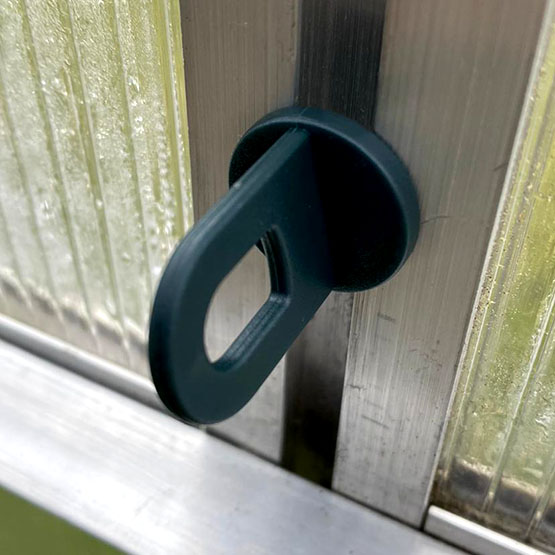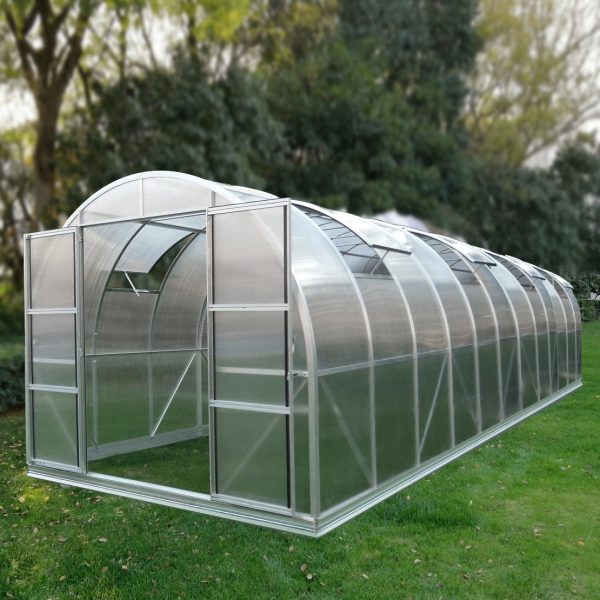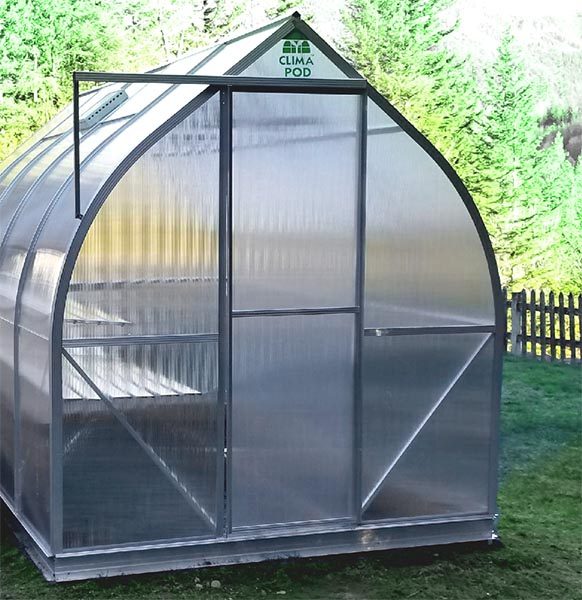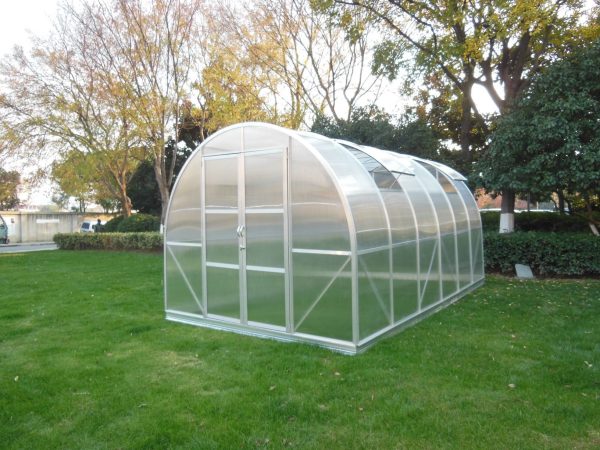There is a fairly widespread opinion among gardeners that the best material for constructing a greenhouse frame is a galvanized profile. But is this so?
As a rule, manufacturers describe the advantages of this material on their websites or in advertising brochures, and are silent about its disadvantages. It is in order to dot the i’s that we decided to collect information about the disadvantages of using galvanized profiles for the construction of greenhouses. And this is what we got.
Disadvantages of galvanized profile constructions
This material is low-carbon steel coated with a layer of zinc, on the surface of which (when interacting with a large amount of oxygen) zinc carbonate is formed. It is this substance that prevents the development of corrosion processes that result in destruction of the steel structure. But this should be ideally.
In fact, there are many factors that negatively affect this material and significantly reduce its performance properties. And believe me, after reading this material to the end, you are unlikely to take on the construction of a greenhouse frame from a galvanized profile. So, let’s go.
1. Instability of the galvanized profile structure
This, perhaps, is the main disadvantage of greenhouses made of galvanized profiles due to its small cross-section. Thus, some conscientious manufacturers recommend further strengthening the structure with additional elements, and in particular, installing stops or attaching the profile to a frame made of wooden beams. Otherwise, in the event of strong winds or heavy snowfalls, your greenhouse will collapse like a “house of cards.”
2. Low snow load
The disadvantage of galvanized profiles is their low load-bearing capacity. The permissible load on the profile frame is a maximum of 20 kg/m2 (0.028 psi). That is, if more than 5 cm (2 in) of wet snow accumulates on the roof, the structure will not withstand this load.
3. Fake galvanized profile
The modern market, which is no secret to anyone, is replete with a large number of fakes. This also applies to galvanized profiles. Having built a greenhouse from such a material, the origin of which is very doubtful, you can rest assured that such a structure will last a maximum of 2 years. As a rule, the surface of such profiles begins to rust and peel within the first six months, and the thickness of its walls does not exceed 1 millimeter.
4. Temperature changes
When installing and adjusting a galvanized profile, you will have to use a grinder and welding, as a result of which the material will be exposed to high temperatures, which leads to peeling of the zinc layer. And this, in turn, significantly reduces the protective properties of the galvanized coating and leads to the premature appearance of rust on the surface of the profile.
5. Negative effects of zinc
We can’t say with 100% certainty, but most experts believe that over time, zinc accumulates in the soil and makes it difficult to convert organic matter. Also, this metal can accumulate in vegetables and thus enter the human body, thereby having a negative impact on his health.
Conclusion
In addition to all the above disadvantages, greenhouses made of galvanized profiles have high thermal conductivity and require additional insulation. And this, as you yourself understand, is associated with additional financial costs.
But we think that after everything you’ve read, this disadvantage of such structures will seem insignificant to you, and the desire to build a greenhouse frame from a galvanized profile will disappear completely.






